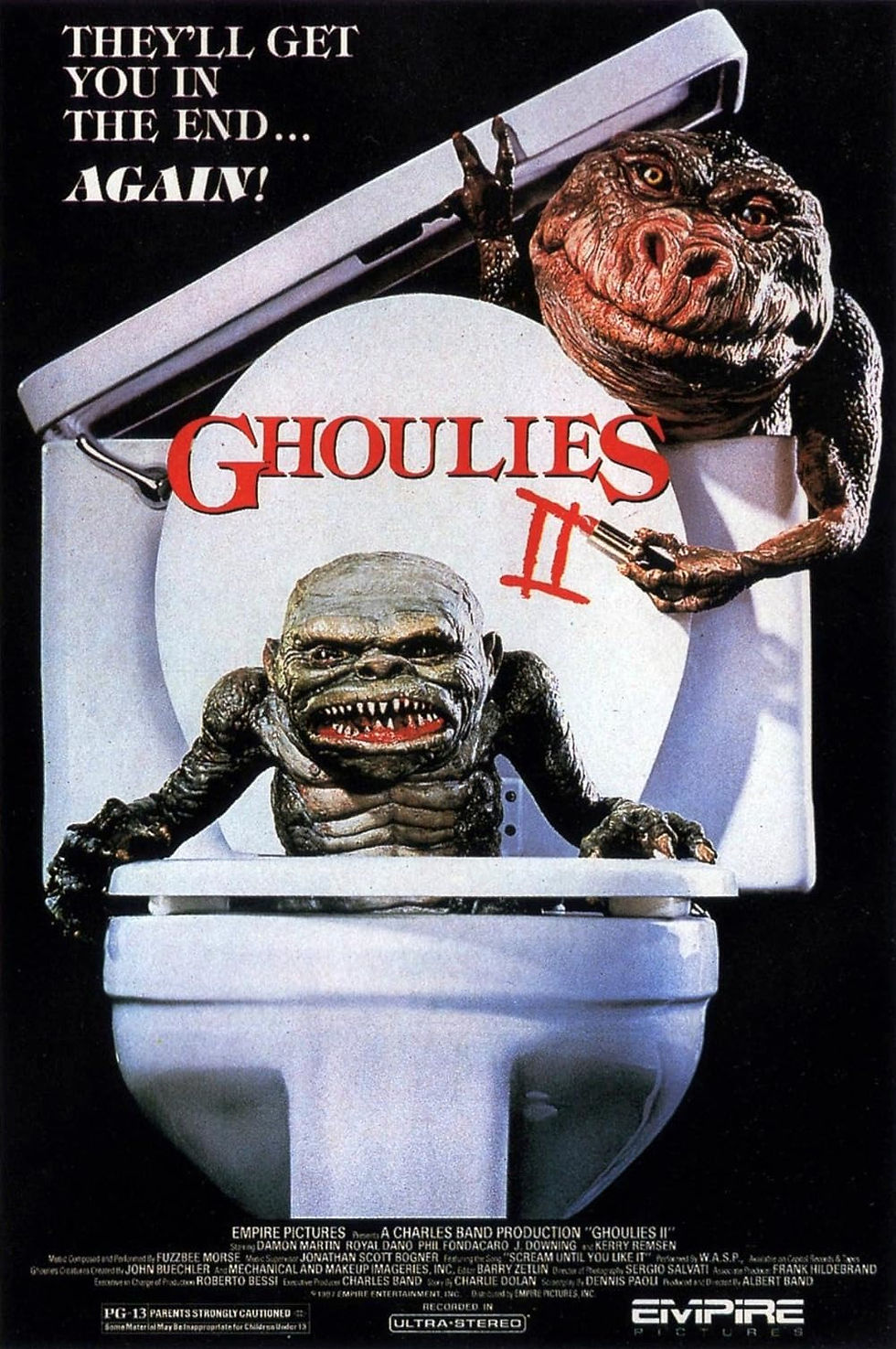Vampires Around the World: A Comparative Look at Bloodsuckers in Cinema
- Allan Major

- Mar 25, 2024
- 3 min read
Updated: May 24, 2024

The bat flaps fitfully against the moonlit sky, its shadow a crooked crucifix against the crumbling façade. Somewhere, perhaps inside that decaying manor, a thirst stirs – ancient and insatiable. Vampires, those nocturnal aristocrats of the macabre, have haunted our screens for a century. But these creatures of the night shift shapes and change temperaments with each border crossed. Let's take a crimson-stained journey around the world, unearthing the unique flavors of vampire cinema.
Vampires of the Old World: Seduction and Gothic Grandeur
Europe, the cradle of vampire lore, paints them with a tragic romanticism. Think Bela Lugosi in Dracula (1931), his Hungarian accent as thick as coagulated blood, eyes burning with a terrible, ageless hunger. These are the vampires of crumbling castles, of moth-eaten velvet and damsels in gauzy nightgowns. Theirs is a dance of seduction with a razor-sharp edge, a gothic waltz in a chamber filled with cobwebs and desire. Even as their fangs glisten, there's a mournful elegance to them.

Eastern Terrors: Vampires as Grotesque Predators
Shift your gaze eastward, to where shadows crawl with a different kind of hunger. Asian cinema gives us vampires that make the Transylvanian Count look like a debonair dinner guest. Japanese "kyuketsuki" are often feral and monstrous; in Thirst (2009), the transformation is a gruesome, body-twisting spectacle. Chinese jiangshi, with their rigid movements and ghastly pallor, embody decay made flesh. These vampires aren't tragic figures – they are relentless, pestilential forces, the stuff of fevered nightmares.
Of Sunshine and Silver: American Vampires Reimagined
American cinema loves nothing more than to reinvent a classic. From the teenage angst of The Lost Boys (1987) to the gleaming, monstrous predators of 30 Days of Night (2007), the vampire gets a distinctly stateside spin. Sometimes it's a slick modernization, all leather and neon-bathed excess. Other times, the American vampire becomes a Western outlaw, a lone wolf prowling desolate landscapes like in the cult classic, Near Dark (1987). There's still a thirst for blood, but there's also a restless energy, a reflection of a nation built on constant change and reinvention.

When Vampires Walk in Daylight: New Rules, New Terrors
The boundaries are constantly blurring in modern vampire flicks. Sunlight isn't always a death sentence anymore – think of the glittering monstrosities in Twilight, their skin diamond-bright instead of scorched. Some films play with the very idea of the predator; in Let The Right One In (2008), the vampire is a pale, androgynous child with a vulnerability that's both terrifying and tragic. The old rules are being rewritten. The vampire, once a creature defined by rigid lore, is now an infinitely malleable vessel for explorations of desire, power, and the monstrous lurking within all of us.
The Enduring Allure of the Vampire
From the shadowy castles of Europe to the sun-drenched deserts of the American Southwest, vampires continue to reinvent themselves on screen. Their appeal, I believe, lies in their duality. They embody the fear of death, yes, but also the ageless allure of the outsider, the seductive power that lurks just outside the realm of morality. They are figures of monstrous desire, mirroring our own hidden hunger for the forbidden, the impossible, and perhaps even a touch of immortality.
As the final credits roll and the last drops of fake blood dry, the vampire endures, its cinematic bite as potent as ever. Let us hope the world never runs out of moonlit nights and shadowy corners – for the vampire thrives in those liminal spaces, reminding us that the oldest horrors always find new ways to make our skin crawl with delicious, terrible anticipation.







